Breast Augmentation
The purpose of breast augmentation is to increase the size of the breasts. There are different types of breast augmentation, which include breast implants and fat transfer. There are also other types of breast implants and positions of the implants. The incision can be placed in several locations, such as underneath the breast, around the areola, in the armpit, and the belly button. There are different types of breast implants, including saline and silicone. Almost all breast implants are smooth-walled and are not textured. Textured implants have been associated with a very rare type of textured implant-related breast cancer called anaplastic large cell lymphoma. Breast implants can be placed either on top of the pectoralis muscle or underneath the pectoralis muscle or half above and half under. When the implant is placed half under and half over the muscle, this is called the dual plane. Implants also come in different shapes, including round and anatomic and different firmness levels. These are things to consider when considering silicone implants. Other implants, different positions, and different approaches yield different results. Your ideal breast shape should be able to be achieved by thoroughly consulting with your plastic surgeon. Often with weight loss patients, a breast lift is accompanied by breast augmentation. Typically, drains are not involved. The hazard with placing drains with breast implants is the drains can work as a two-way avenue and introduce bacteria to the implant, causing a breast implant infection. Straightforward breast augmentation is not covered by insurance unless it is a breast reconstructive procedure performed for breast cancer. Breast augmentation takes approximately one to two hours and is performed under general anesthesia as an outpatient procedure. You should wear a surgical bra for approximately three to four weeks. The recovery is approximately five to seven days. You can return to a sitting job approximately three to five days after your surgery. You can return to light activity about two to three weeks after your surgery. You can return to heavy activities at approximately four to six weeks. You will be encouraged to wear a sports bra when doing physical activities such as running. The swelling should be gone at approximately six to eight weeks after your breast augmentation. Most patients will have some pain for approximately three to four days. If you are healing correctly, you can have intercourse two weeks after the surgery. You will be instructed on how to perform massages to decrease the risk of capsular contracture. Once the incision has healed, you will be allowed to place scar cream on it to minimize scars. Most patients can still breastfeed after breast augmentation surgery.
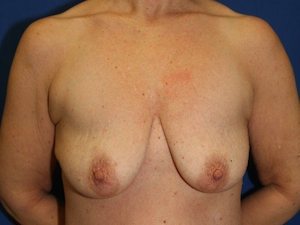
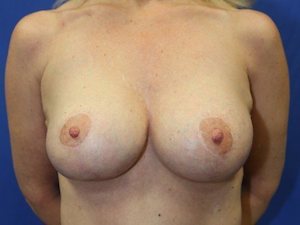
Before: Breast Augmentation Front View After: Breast Augmentation Front View
(Courtesy J. Timothy Katzen, MD)
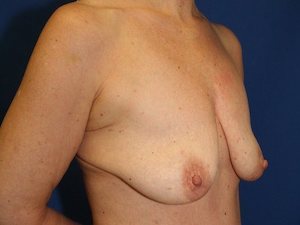
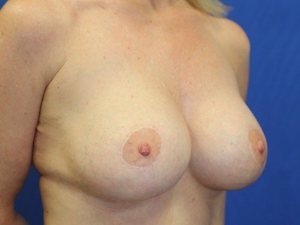
Before: Breast Augmentation QR View After: Breast Augmentation QR View
(Courtesy J. Timothy Katzen, MD)
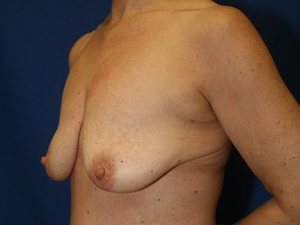
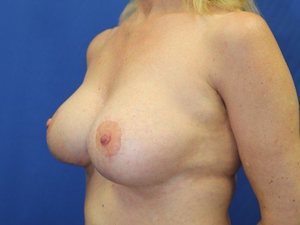
Before: Breast Augmentation QL View After: Breast Augmentation QL View
(Courtesy J. Timothy Katzen, MD)
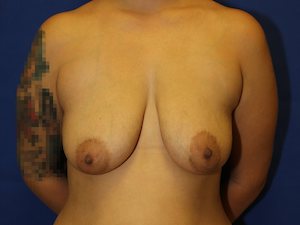
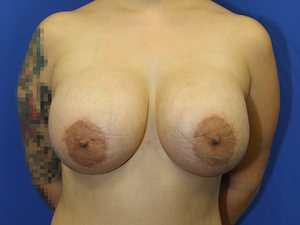
Before: Breast Augmentation Front View After: Breast Augmentation Front View
(Courtesy J. Timothy Katzen, MD)
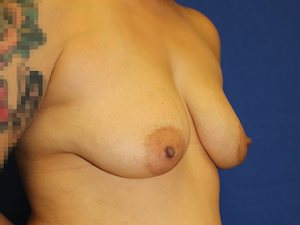
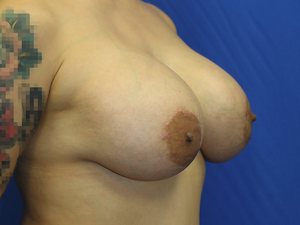
Before: Breast Augmentation QR View After: Breast Augmentation QR View
(Courtesy J. Timothy Katzen, MD)
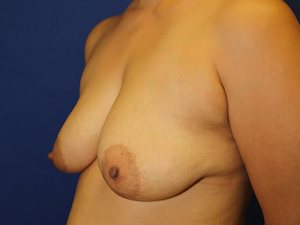
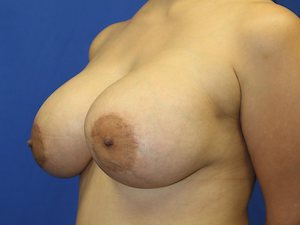
Before: Breast Augmentation QL View After: Breast Augmentation QL View
(Courtesy J. Timothy Katzen, MD)


Before: Breast Augmentation Front View After: Breast Augmentation Front View
(Courtesy J. Timothy Katzen, MD)
